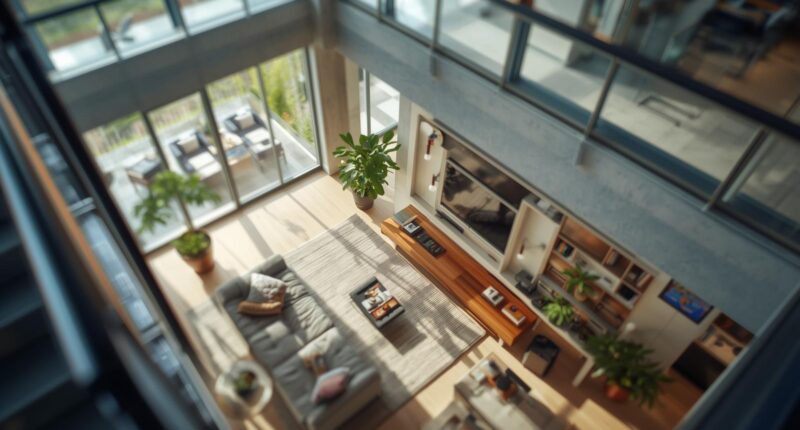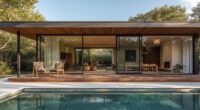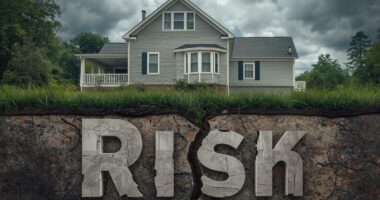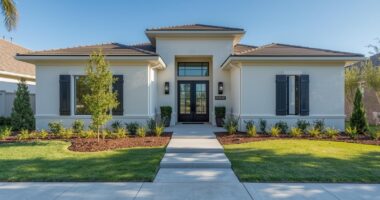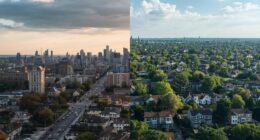How Lifestyle Trends Are Shaping Modern Real Estate
The modern real estate market is no longer just about square footage or location — it’s about lifestyle. In 2025, buyers and investors are increasingly influenced by how their homes and neighborhoods align with their personal values, work habits, and well-being. From sustainable living to remote workspaces, the lifestyle trends shaping modern real estate are redefining what people want from their properties.
This article explores the most significant lifestyle trends influencing today’s housing market and how real estate developers and investors can adapt.
Understanding Lifestyle Trends in Real Estate
Lifestyle trends refer to the changing preferences, habits, and priorities of modern buyers. These trends often emerge from technological innovations, social movements, or global events such as the pandemic.
In today’s market, people are seeking homes that support flexibility, sustainability, and community, rather than just traditional status symbols.
(📌 Related Link: Best Curb Appeal Ideas to Attract Buyers)
Major Lifestyle Trends Shaping Modern Real Estate
1. Remote Work and Flexible Spaces
The rise of remote and hybrid work has changed how people design and use their homes. Buyers now prefer properties with dedicated home offices, good lighting, and high-speed internet connectivity.
-
Developers are adding co-working spaces in residential communities.
-
Homebuyers want layouts that can adapt — such as multipurpose rooms.
-
Real estate investors are targeting suburban and semi-urban areas with lower costs and more space.
2. Sustainable and Eco-Friendly Living
Sustainability is no longer optional — it’s expected. Modern buyers look for:
-
Energy-efficient appliances and solar panels.
-
Smart thermostats and water-saving fixtures.
-
Green-certified buildings and eco-conscious materials.
Eco-friendly real estate reduces utility bills and supports long-term environmental goals.
3. Smart Home Technology
The integration of smart home systems has become a must-have feature in modern real estate. From app-controlled lighting to AI security systems, technology adds both convenience and value.
Examples of smart home features:
-
Voice-controlled assistants (Alexa, Google Home).
-
Smart door locks and surveillance cameras.
-
Automated energy management systems.
4. Urban Walkability and Mixed-Use Communities
Many buyers now seek walkable neighborhoods with nearby amenities like cafes, gyms, and parks. Urban planners are responding with mixed-use developments that combine residential, retail, and leisure spaces.
This creates a sense of community and reduces the need for long commutes — a major factor for modern professionals.
5. Health and Wellness-Oriented Spaces
Wellness has become a top priority. Properties offering fitness centers, yoga studios, natural light, and outdoor green spaces are in high demand. Developers are also focusing on mental health design — using calming colors, noise insulation, and air purification systems.
Table: Key Lifestyle Trends Influencing Modern Real Estate
| Lifestyle Trend | Impact on Real Estate Design | Buyer Demand |
|---|---|---|
| Remote Work Culture | Home offices, flexible layouts, co-working amenities | Very High |
| Sustainability & Green Living | Energy efficiency, eco materials, renewable energy use | High |
| Smart Technology | Automation, AI-powered home management | High |
| Urban Walkability | Mixed-use developments, proximity to amenities | Moderate-High |
| Wellness-Centric Homes | Fitness areas, open spaces, noise-free design | High |
How Developers and Investors Are Responding
Developers and investors are adapting by creating lifestyle-based housing projects rather than one-size-fits-all buildings. Examples include:
-
Co-living spaces for young professionals who value community and affordability.
-
Eco-resorts and sustainable villages for environmentally conscious buyers.
-
Luxury wellness homes with spa-like amenities.
Real estate companies also use data analytics to understand consumer trends and forecast future demand.
➡️ Tip: Read more about real estate innovation at Forbes Real Estate Council.
The Role of Demographics and Technology
Millennials and Gen Z Homebuyers
Younger generations prioritize experiences, flexibility, and technology. They are driving the demand for:
-
Smart homes.
-
Affordable eco-living.
-
Smaller, multifunctional spaces in well-connected neighborhoods.
The Influence of PropTech
PropTech (property technology) is revolutionizing how people buy and sell homes through:
-
Virtual tours and augmented reality (AR).
-
Blockchain-based smart contracts.
-
AI-driven pricing and valuation tools.
Real Estate Market Outlook for 2025 and Beyond
As lifestyle preferences continue to evolve, the real estate industry will experience:
-
Increased demand for hybrid spaces – blending home, office, and leisure.
-
Greater investment in green infrastructure – energy-efficient materials and renewable systems.
-
Smart city expansion – urban projects integrating IoT (Internet of Things).
-
Rising popularity of secondary cities – where affordability meets quality of life.
Final Thoughts
The lifestyle trends shaping modern real estate in 2025 reflect a deep shift in how people view their homes — not just as assets, but as extensions of their identity, health, and work-life balance.
Developers who embrace technology, sustainability, and flexibility will stay ahead of the curve, while buyers and investors who understand these trends will be better positioned to make profitable, future-ready decisions.
Modern real estate isn’t just about where you live — it’s about how you live.
